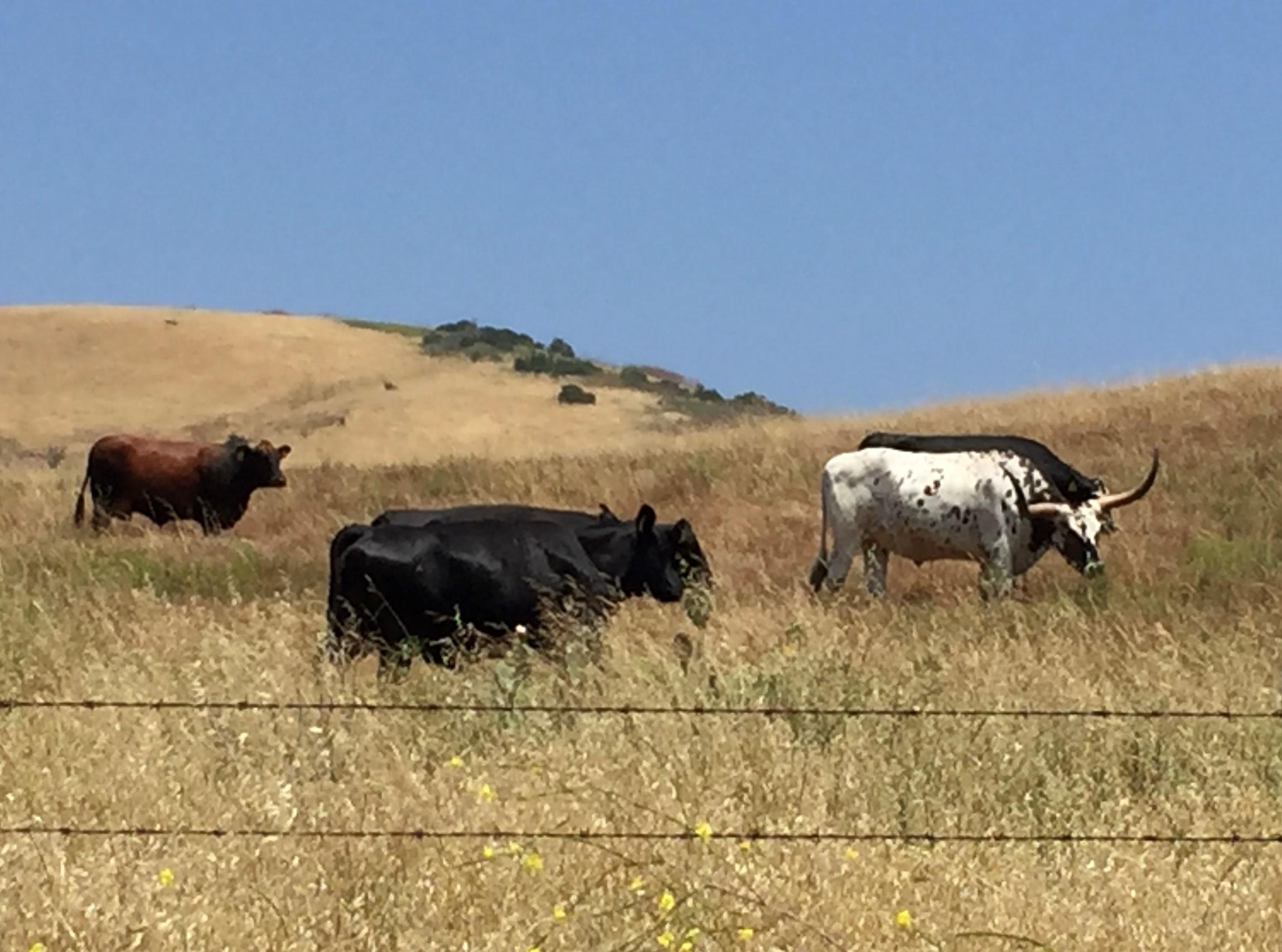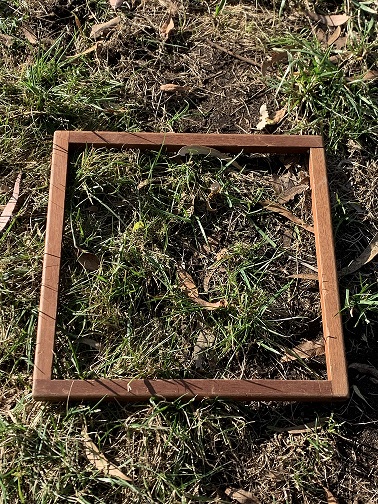
Laura's Line: Fall 2023
by: Laura Coley Eisenberg
Fall 2023
Hi everyone! The last days of summer have passed and fall is here. For most of the Nature Reserve’s monitoring program it means that field surveys are complete and report writing is underway. The exception is our grazing monitoring. Cattle grazing on Rancho Mission Viejo (RMV) is conducted according to a Grazing Management Plan or GMP which discusses such topics as grazing pattern (where cattle are grazed and at what time of year), stocking rates (how many cattle) and annual forage productivity (how much grass has grown). RMV practices rotational grazing whereby cattle are moved across the ranch to different pastures depending on the time of year. This is why cattle are sometimes visible on the landscape and other times not.
The movement of cattle across the Ranch not only feeds the cattle but also plays a key role in the management of our grasslands. Our grasslands are divided into two types: non-native and native. The non-native grasses are mostly Mediterranean in origin and are annual in that they grow, set seed and die in the same year. Our native grass species on the other hand are perennial. In pastures where native grasses dominate, we graze early in the season to reduce non-native reproduction and favor native grass reproduction.
In addition to the topics noted above, the GMP also specifies an overall performance standard that applies to each pasture. The performance standard is 25% residual dry matter (RDM) after grazing. Residual dry matter is the grass left after cattle have grazed a pasture. In our case, 25% of the forage that was available in a pasture before the cattle grazed it has to be left intact. RDM is a product of 1) available forage, 2) number of cattle and 3) length of time cattle are grazed in a pasture. The more cows graze for a longer period of time, the less RDM will result. RDM is measured annually at this time of year by clipping and bagging all the grass in a 1-foot quadrat square (see photo below) at several locations in each pasture. Each bag is weighed to calculate pounds per acre of RDM. Results are compiled for each pasture and compared against the 25% (750 pounds per acre) performance standard. RMV’s grazing practice is yet another way that we care for the land, and maintain the ecosystem health of current and future Habitat Reserve lands.

